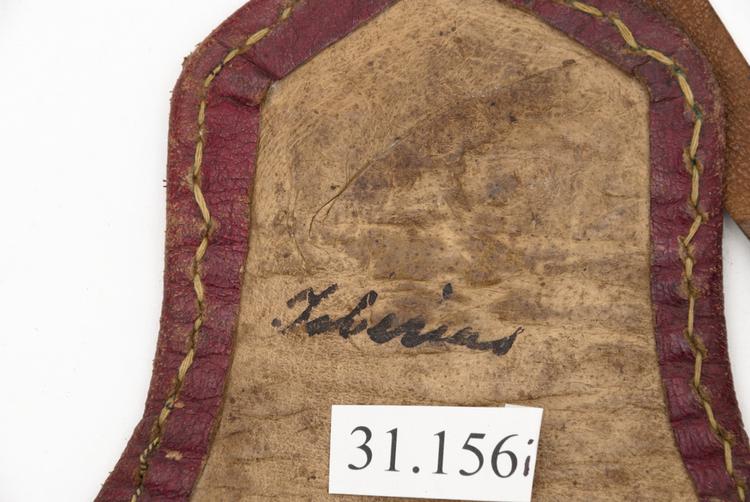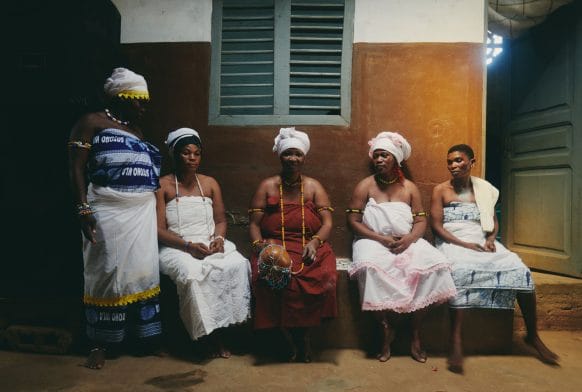Small gourd bowl. Decorated with incised design and plack ink. Arrows or spears (?) design on base.
gourds (calabashes) like this come in lots of different sizes. Gourds of this size are mostly used as bowls for food and liquid. Larger sized gourds are often used by women to carry things around on their head. To help balance it and spread the weight of the load, a head ring can be placed on the head and the gourd rests on top of it. Since they come in many sizes they have many different uses, from bathing a baby to making a musical instrument.
Who is it used by and why them? ( 1 para) i.e a specific group or gender or specialist, why
Hollowed out half gourds such as this are common all over Africa and particularly in rural areas. They are used wherever the gourd plant grows so they are used by many different cultural groups in many different countries. They are mostly used for domestic chores and therefore mainly used by women. Since they come in many shapes and sizes they are very versatile and may be used at times by male and female, young and old alike.
Gourds are hard skinned fruits from the same plant family as melons, pumpkins, squashes and cucumbers. Most grow on vines and some on trees in tropical climates all over the world. They grow in different shapes and sizes and when hollowed out and dried they make excellent containers. Gourds are very versatile and their range of shapes and sizes makes them suitable for many different purposes. If they are not cut in half like this example a whole gourd is commonly used to carry water, store milk or home made beer. Whole elongated gourds can be cut in half and used as spoons. They also have many uses outside of the home. They make very good fishing floats and very large half gourds have even been used as boats! There is an annual festival in Nigeria where people take to the river in gourd boats.
The hard-shell gourd, being hollow, serves as a natural echo chamber. It is, therefore, not surprising to find that gourds have been used for thousands of years to amplify sound. Stretch some animal skin over the cut off end of a gourd and you have a drum. These drums are found most commonly in African countries. Gourds also serve as separate resonators or echo chambers in other instruments - the ‘mbira’ (thumb piano) of Africa and the wooden-keyed ‘balafon’ xylophone or ‘marimba’ of Africa and South America are often amplified with the addition of gourds.
The most obvious gourd musical instrument is a rattle – a dried gourd, with its seeds inside, will rattle when it is shaken. By cutting a few small holes or slits in the gourd, more of the sounds will he heard. By adding more stones or seeds the sound will change. Many people attach a handle to the gourd, making a shaker which is, nowadays, a very common percussion instrument. By adding a netting of beads, seeds, shells or pebbles to the outside of the gourd, the sounds become louder and creates a variety of different tones, depending on how the gourd is shaken or hit (eg sometimes with a stick).


































































































































































































































































































































































































































































































































